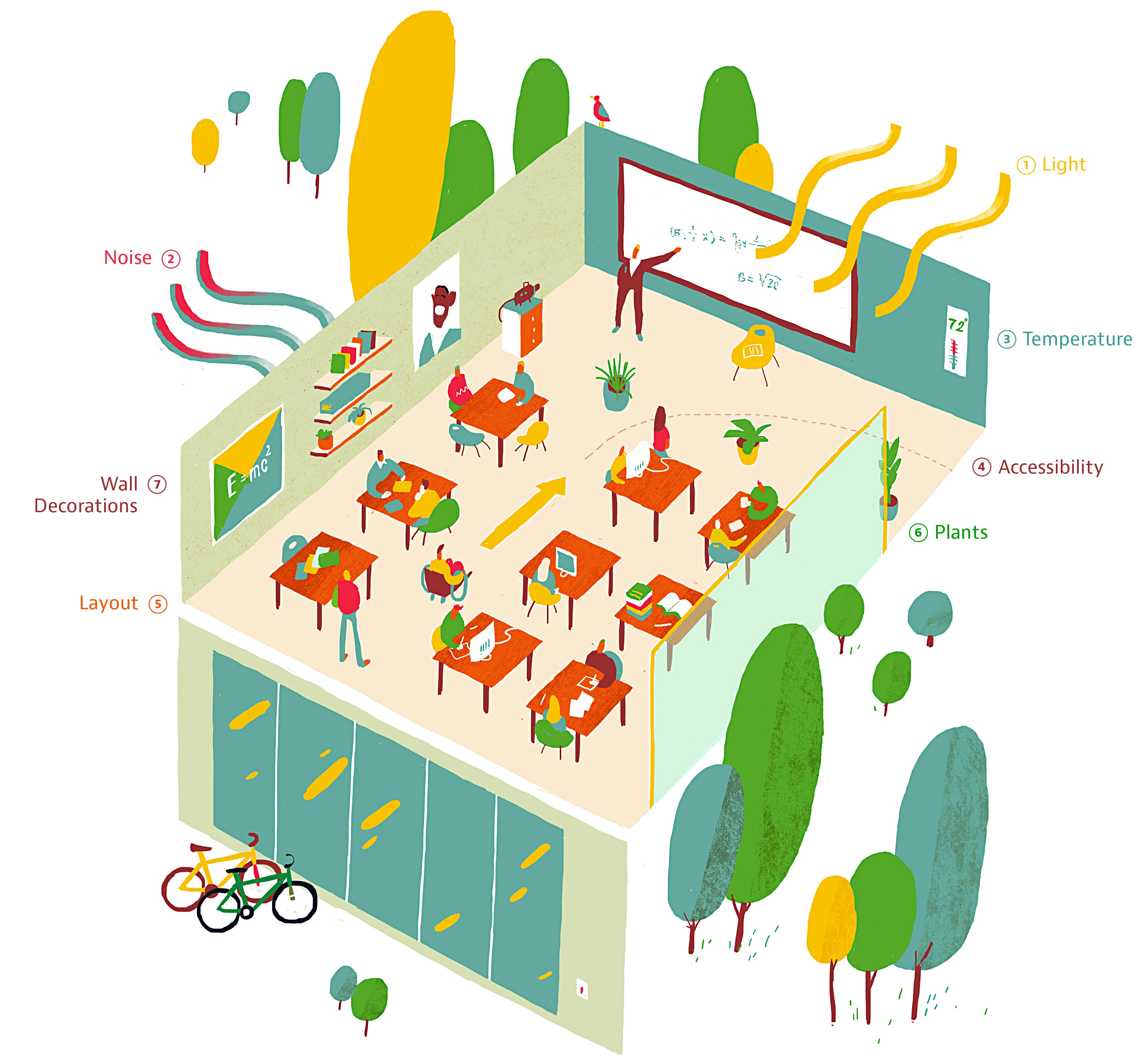Knowledge formation is a personal and social process. Intrapersonal and interpersonal and human-technology interactions influence knowledge construction. Moreover, knowledge is a fluid entity where the relationships between these variables exist as synergistic interactions. Borrowing Jonassen & Carr and Yueh’s (1998) idea about technology sharing cognitive responsibilities, digital tools should target specific cognitive load. Designers should consider learning experience that is student-centred with technological tools to help students establish relationship between concepts. It should allow student the flexibility to manipulative variables and to constantly reorganize constructs. The context should increase student opportunities to practice and test their knowledge (i.e. analysis thinking patterns – i.e. visualization and simulation). It should make learning (i.e. constructing relationships among variables) more favorable and efficient. It should consider learning activities that allow for near transfers of conceptual knowledge where students apply their understanding (i.e. problem-based learning).
Designers of learning experience can:
- Isolate cognitive load that technological tools are responsible for.
(e.g. data storage, organizational and or visualization tools)
- Isolate cognitive processes that require more support.
(e.g. information processing and analytical tools for reflection)
- Identify opportunities for learners to socialize.
- Integrate these educational tools and scaffold students’ use according to their competencies.
References
Jonassen, D.H., Carr, C. and Yueh, H.P. (1998) Computers as mind tools for engaging learners in critical thinking. TechTrends, 43, 24-32. http://dx.doi.org/10.1007/BF02818172



